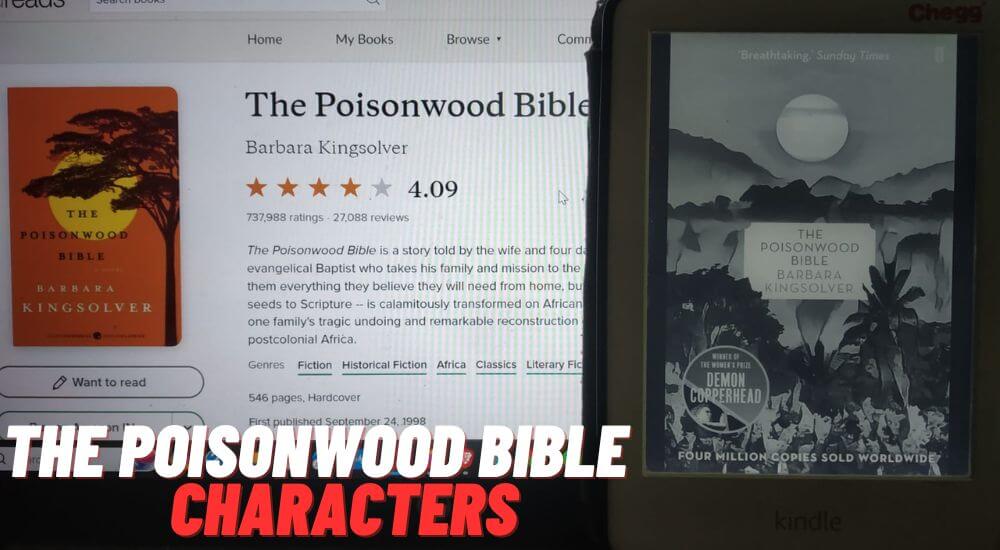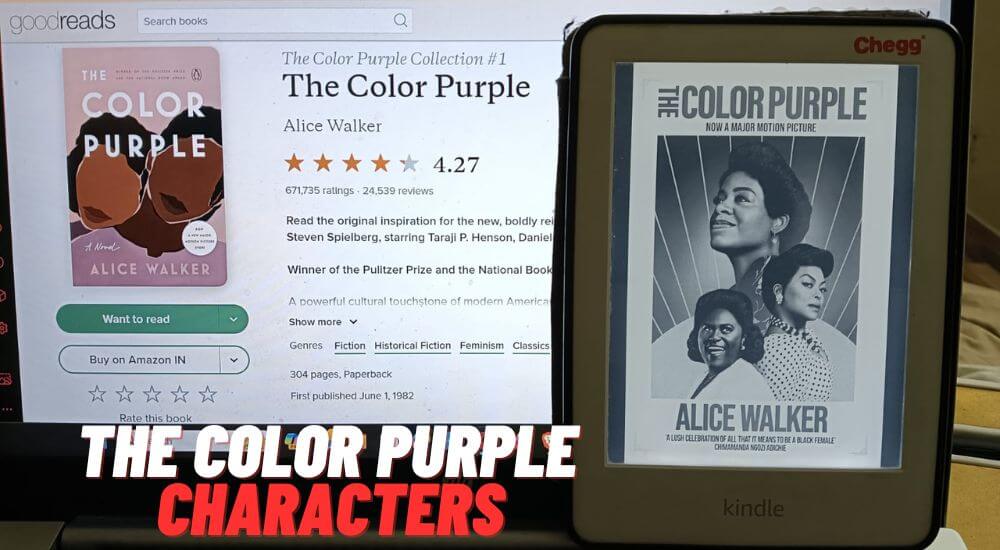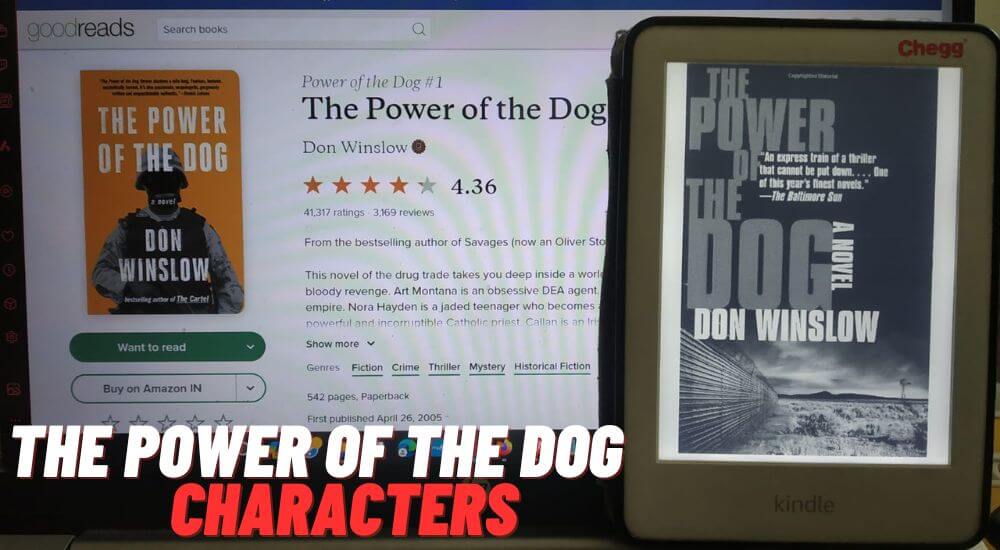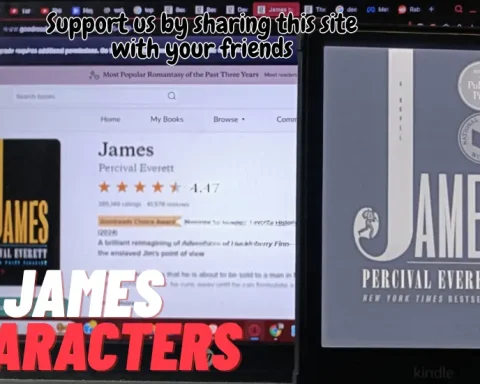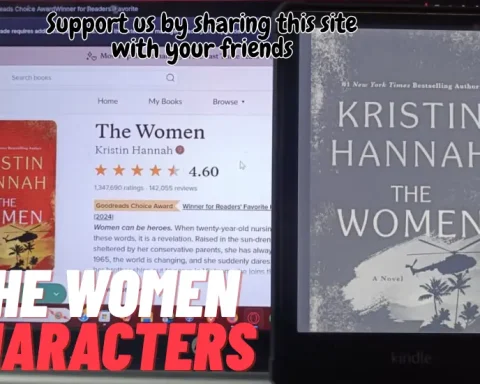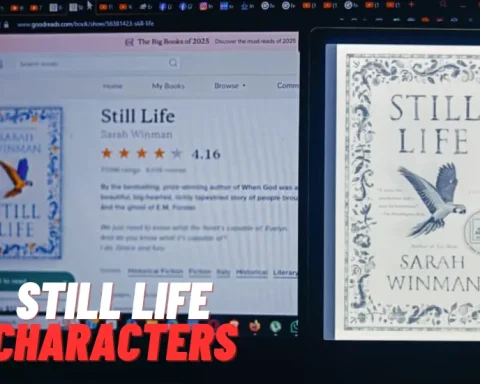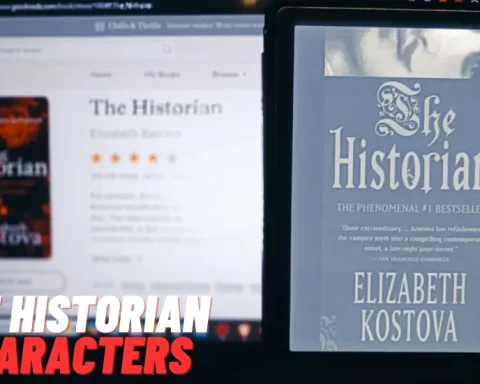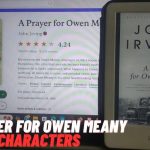The Poisonwood Bible Characters
| Character Name | Description |
|---|---|
| Nathan Price | A strict Baptist missionary who brings his family to the Congo. He tries to impose his beliefs on others. |
| Orleanna Price | Nathan’s wife. She reflects on her choices and the impact of their time in the Congo. |
| Rachel Price | The oldest Price daughter. She is vain, self-centered, and struggles with life in the Congo. |
| Leah Price | The second Price daughter. She idolizes her father but grows to question his actions and beliefs. |
| Adah Price | Leah’s twin sister. She is quiet and observant, with a limp due to hemiplegia. She is highly intelligent. |
| Ruth May Price | The youngest Price daughter. She is curious and playful but falls ill during their time in the Congo. |
| Anatole Ngemba | A Congolese schoolteacher. He becomes Leah’s husband and helps her understand Congo’s struggles. |
| Brother Fowles | A former missionary in Congo. He respects Congolese customs and shows compassion for the locals. |
| Eeben Axelroot | A shady pilot who smuggles goods. He becomes Rachel’s husband. |
| Tata Ndu | The village chief in Kilanga. He represents traditional Congolese values and challenges Nathan’s authority. |
| Tata Kuvudundu | The village witch doctor. He opposes the Prices and believes in spiritual powers. |
| Mama Tataba | The Price family’s housekeeper. She tries to help them adapt but disagrees with Nathan’s stubborn ways. |
| Nelson | A young Congolese boy who helps the Price family. He becomes close with Leah and Anatole. |
| Pascal | A local boy who befriends Leah. He represents the innocence of the Congolese people. |
| Methuselah | A parrot left behind by Brother Fowles. He symbolizes captivity and freedom throughout the story. |
| Axelroot’s child | The child Rachel eventually adopts after her marriage to Axelroot ends. |
| Patrice Lumumba | The first prime minister of Congo. His political struggles play a significant role in the background. |
| Mobutu Sese Seko | The leader who takes control of Congo after a military coup. His dictatorship impacts the nation deeply. |
| Tata Boanda | A village elder who often advises Tata Ndu. He watches over the village’s customs and decisions. |
| Brother Luke | A missionary who worked with Brother Fowles. He also shows a more understanding side of Christianity. |
| Patrice’s bodyguard | A soldier loyal to Lumumba. He is involved in protecting the prime minister during times of unrest. |
| Sabiti | A government official in Congo during Mobutu’s rise to power. |
| King Leopold II | The former king of Belgium. His brutal colonization of Congo affects the country’s history and people. |
| Mama Mwanza | A local woman in Kilanga. She faces hardships but continues to survive and help others. |
| Mobutu’s generals | High-ranking officers who help enforce Mobutu’s dictatorship. |
| Zairean soldiers | Soldiers in Congo during Mobutu’s rule. They often create fear in the local population. |
| Jonas Lumumba | Patrice Lumumba’s son. He represents the future generation affected by Congo’s political turmoil. |
| Mrs. Underdown | A missionary wife who helps the Prices when they first arrive in the Congo. |
| Mr. Underdown | A Belgian official who works with missionaries. He warns the Prices about the changing political situation. |
| Tata Zinsana | A village leader from a neighboring village. He visits Kilanga occasionally for trade and discussions. |
| Rachel’s second husband | A French diplomat whom Rachel marries later in life after leaving Axelroot. |
| Zairean fishermen | Local men who fish in the rivers. They show Leah and others how to survive in the Congo. |
| Kilanga elders | The respected older men in the village who help guide community decisions. |
| Belgian colonists | Europeans who stayed in Congo during its transition to independence. |
| Ruth May’s playmates | Local children in Kilanga who play with Ruth May. They represent innocence and cross-cultural friendships. |
| Leah’s children | The sons and daughters Leah has with Anatole. They symbolize her commitment to Congo and its future. |
| Rachel’s staff | Workers at Rachel’s hotel in South Africa. They help her run the business. |
| Orleanna’s mother | Orleanna’s supportive but distant mother, who lives in the US. |
| Leah’s in-laws | Anatole’s extended family. They welcome Leah as part of the community. |
| Mama Ndula | A village woman who assists Mama Tataba and helps the Price family. |
| Congo river traders | Men who trade goods along the Congo River. They bring supplies and news from outside the village. |
| Belgian businessmen | Europeans who continue to exploit Congo’s resources even after independence. |
| Reverend Dodgson | A missionary from another region. He represents a less aggressive form of evangelism compared to Nathan. |
| South African tourists | Guests at Rachel’s hotel who come for luxury and safaris. |
| Patrice’s advisors | Political figures who supported Lumumba during his time in office. |
| Mobutu’s political allies | Leaders who help Mobutu maintain his dictatorship. |
| Congo’s independence leaders | Figures who fought for Congo’s independence alongside Lumumba. |
| Local hunters | Men who hunt in the forests of Congo. They provide food for their families and the village. |
| Zairean government workers | Officials under Mobutu’s regime. They represent the corruption and challenges of the new government. |
| Leah’s students | Children Leah teaches in Congo after she settles there with Anatole. |
| Ruth May’s caregivers | Local women who help care for Ruth May when she falls ill. |
| Dr. Bandu | A Congolese doctor who helps treat villagers. He contrasts with the lack of medical help the Prices have. |
| Rachel’s customers | People who visit her hotel. They include wealthy tourists and diplomats. |
| Adah’s research colleagues | Scientists Adah works with after she returns to the US. They help her find purpose in her studies. |
| Patrice’s military guards | Soldiers who protect Lumumba during his leadership. |
| Local midwives | Women who help deliver babies in Kilanga. They show the strength of traditional knowledge. |
| Tata Bika | A respected fisherman in Kilanga. He teaches Leah how to fish. |
| Kilanga women’s council | A group of women who make decisions about village life. |
| Anatole’s students | Boys who learn from Anatole at the school in Kilanga. |
| African merchants | Traders who travel between villages to sell goods. They bring news from other parts of Congo. |
| Dr. Nzinga | A local healer who helps treat people in Kilanga using traditional medicine. |
| Belgian government agents | Officials who try to maintain control of Congo before its independence. |
| Leah’s co-teachers | Local Congolese teachers who work with Leah at the school. |
| Mama Katuba | A local woman who becomes friends with Orleanna during her time in Kilanga. |
| Rachel’s third husband | A wealthy businessman whom Rachel marries later in life. |
| Orleanna’s sisters | Orleanna’s family members who live in the US. They worry about her during her time in Congo. |
| Lumumba’s supporters | People who believe in Patrice Lumumba’s vision for an independent Congo. |
| Adah’s doctors | Medical professionals who help Adah after she returns to the US. They support her recovery. |
| Kilanga children | Local children who grow up alongside the Price family. |
| Mobutu’s foreign advisors | International figures who support Mobutu’s regime for political reasons. |
| Reverend Dupree | A missionary from a neighboring village. He represents a different approach to evangelism than Nathan. |
| Tata Mongolu | An elder in a neighboring village. He visits Kilanga for trade and discussions. |
| Nelson’s family | Nelson’s relatives who live in Kilanga. They are close to the Price family. |
| Belgian priests | European missionaries who continue to work in Congo during its political transition. |
| Zairean refugees | People displaced by political turmoil under Mobutu’s rule. They seek safety in neighboring regions. |
| Tata Mufundi | A local craftsman who helps the village build and repair homes. |
| Congo’s traditional leaders | Village elders and chiefs who oppose Western influence and maintain local customs. |
| Local fishermen | Men who fish in the rivers near Kilanga. They provide food for their families and the village. |
| Rachel’s guests | People who stay at Rachel’s hotel, including diplomats, businessmen, and tourists. |
| Local market traders | People who sell goods in Kilanga’s market. They bring food and supplies from other villages. |
| Leah’s allies | Congolese villagers who support Leah and Anatole’s efforts to improve education in Kilanga. |
Here is second part of the table
| Character Name | Description |
|---|---|
| Ruth May’s playmates’ families | Local families who live near the Price family and become friends with them. |
| Adah’s patients | People she works with in the US when she becomes a medical researcher. |
| Zairean rebels | Groups who oppose Mobutu’s regime and fight for change. |
| Local midwives | Women who help deliver babies in Kilanga and other nearby villages. |
| Dr. Mandala | A local healer who helps people in Kilanga with traditional medicine. |
| Patrice Lumumba’s advisors | Political figures who supported Lumumba’s vision for Congo’s future. |
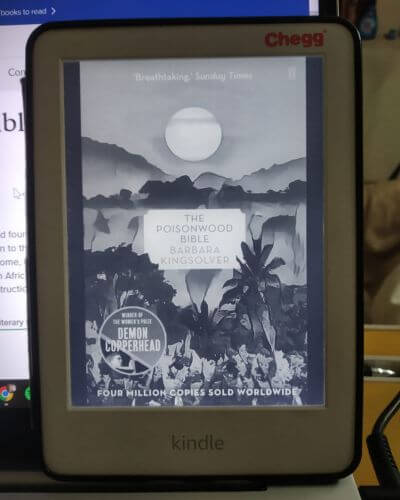
Please share this site with your friends 🙂
Lets Talk About The Poisonwood Bible
The Poisonwood Bible characters bring the novel to life with their unique perspectives. From the stubborn father, Nathan Price, to the innocent youngest daughter, Ruth May, each character adds depth to the story. The twins, Leah and Adah, show two different reactions to the new culture, with Leah embracing it and Adah observing with a critical eye.
Meanwhile, the local Congolese people like Anatole and Tata Ndu provide insights into the Congo’s culture and struggle for independence. Each of The Poisonwood Bible characters contributes to the novel’s rich tapestry, making it a fascinating read.
